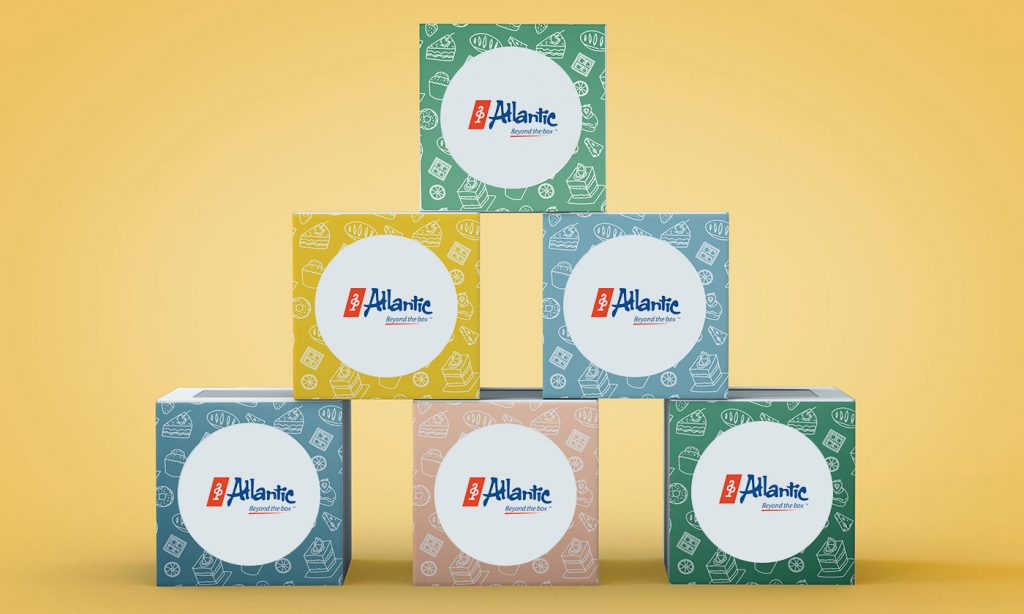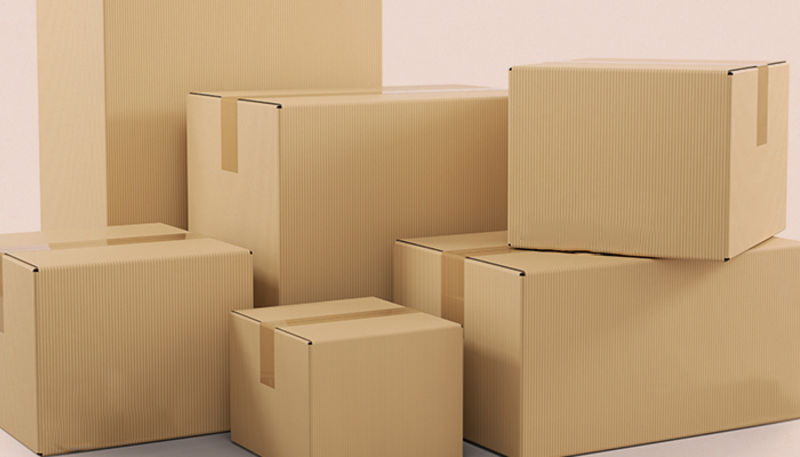Retail packaging is an important part of a successful marketing strategy. It helps to communicate the brand message while simultaneously catching the consumer’s attention. The packaging has to be visually appealing and crafted according to personalized requirements. Various surveys and marketing campaigns are conducted to get insights on customer buying trends and patterns. A proper retail packaging strategy can boost a business’ sales and brand awareness. Let’s learn how retail packaging works. Let’s start with a look at some common types of retail packaging.

Custom packaging
Among the various forms of custom retail packaging, barcodes are the most common. Barcodes are groups of black and white stripes arranged at a precise interval, which can be read by optical scanning equipment or a computer that inputs data. Barcodes are used in many countries. They make it easier for retailers to identify merchandise in the store and track its movement. However, there are a few challenges involved when creating a custom retail packaging solution.
Paperboard
Whether you are selling a new product or an old one, paperboard packaging is a versatile choice. This material is strong, yet lightweight, and a great choice for retail board packaging. Paperboard is often used in shipping tubes, display boxes, cores, and graphic boards. The thin, light-weight material can also be used for artwork. These boxes are highly customizable, and are great for children’s arts and crafts. There are many advantages to using paperboard retail packaging, and these advantages are listed below.
Corrugated
There is a lot to be said for retail pop displays, which are made of corrugated board packaging and can be anything from a simple standee to a more elaborate interactive display. They can also be branded and can take the form of almost any shape or size. Another big advantage of corrugated displays is their versatility, as they can be used for testing out new products or limited-edition products. In addition, corrugated cardboard is lightweight and easy to move around.
Foil
A recent study conducted by the Foil & Specialty Effects Association indicates that high-visibility packaging can attract consumer attention faster and hold it longer. Other common applications of foil stamping include toothpaste and cosmetics. It can also improve product’s perceived value, making it stand out from the competition. This is because foil-stamping is a highly visible and attractive material, ensuring the product gets noticed and is easily recognizable.
Insert trays
Plastic insert trays are a convenient, environmentally friendly way to display items. This type of packaging is fabricated using a process called polymerization of styrene, which is found naturally in foods like cinnamon and coffee. There are several types of plastic insert trays, including those made of PET, PVC, or LDPE. Each material has different physical and chemical properties, and the thickness of an insert tray will determine the price. The thicker the plastic, the higher the price, but it will provide strength and durability to the product.
Custom design
The success of your custom retail packaging design depends on its ability to attract consumers and keep them interested. When creating a custom packaging design, keep in mind the following factors: the cost of your product, its expected sales and its shelf life. Also, it is important to consider the logistical process and the conditions in which the packaging will be used. For example, the packaging of a food product must withstand the conditions of both transport and storage.
Corrugated Boxes
Corrugated board boxes are a merchandising workhorse. Thanks to recent improvements in printing technology, it is now possible to print killer graphics on corrugated, elevating the purchasing experience. The packaging is eco-friendly and can be recycled after use. If you’re looking for a recyclable box, consider corrugated. Here are some benefits of using corrugated:
Made from hardwood trees
The process of manufacturing a corrugated box starts with pulping wood chips. Tree trunks are removed from their bark and cut into small chips. The chips are then placed in a large high-pressure tank and cooked in a mixture of sodium hydroxide and ionic compounds. These chemicals dissolve the lignin, a glue-like substance that holds wood fibers together. The chips explode into a fluffy mass of fiber, which is then glued together.
Made from recycled material
The use of 100% recycled corrugated boxes can help companies achieve their sustainability goals. As recycling is a growing concern for consumers, companies are turning to alternative packaging options to decrease their environmental impact. This is especially beneficial for businesses in the food and beverage industry, which rely on boxes to package products. Many manufacturers of these boxes offer 100% recycled corrugated options for customers, which are environmentally friendly and can help companies avoid landfill waste.
Stacking strength
The stacked strength of a corrugated box is measured by determining the amount of force applied until failure occurs. During this test, a box is stacked for a certain period of time, up to a specified maximum force. The amount of force applied to a box during this test is also known as the compression strength. While both of these tests are important, they serve different purposes. For example, a 200-pound test box may be able to hold 65 pounds of box and contents. A 275-pound box, on the other hand, will support 95 pounds. This test is required by most industries that transport large boxes.
Structural rigidity
Corrugated boxes are tested for their strength using the Mullen Test. The test determines the amount of force that a box can withstand before it bursts. In the test, a small sample of corrugated fiberboard is subjected to a force that is applied to the fluted edge. The result is a number that indicates how much force can be applied per square inch.
Protective cushioning
The best way to prevent damage to your corrugated boxes is to use a layer of protective cushioning. This padding will protect your product from sudden movement, impact, and shock. This will prevent your product from getting damaged during shipping. Also, you can use corrugated inserts to protect less fragile items such as books and office supplies. They will protect your product from dents and scratches, and will also provide added air space.
Shapes and sizes
Corrugated boxes are available in different shapes and sizes. Each type has its own unique characteristics and is useful for various purposes. They have different structural and decorative properties. The following are some of the common shapes and sizes. A corrugated box can be made from either plain fiberboard or corrugated board. The inner facing of the box is called linerboard and it can be either white or brown. It can be made from recycled fibers and kraft fibers. Another type of corrugated box is made from two plies of paperboard and is usually used for book covers, display boxes, and shoe boxes.
